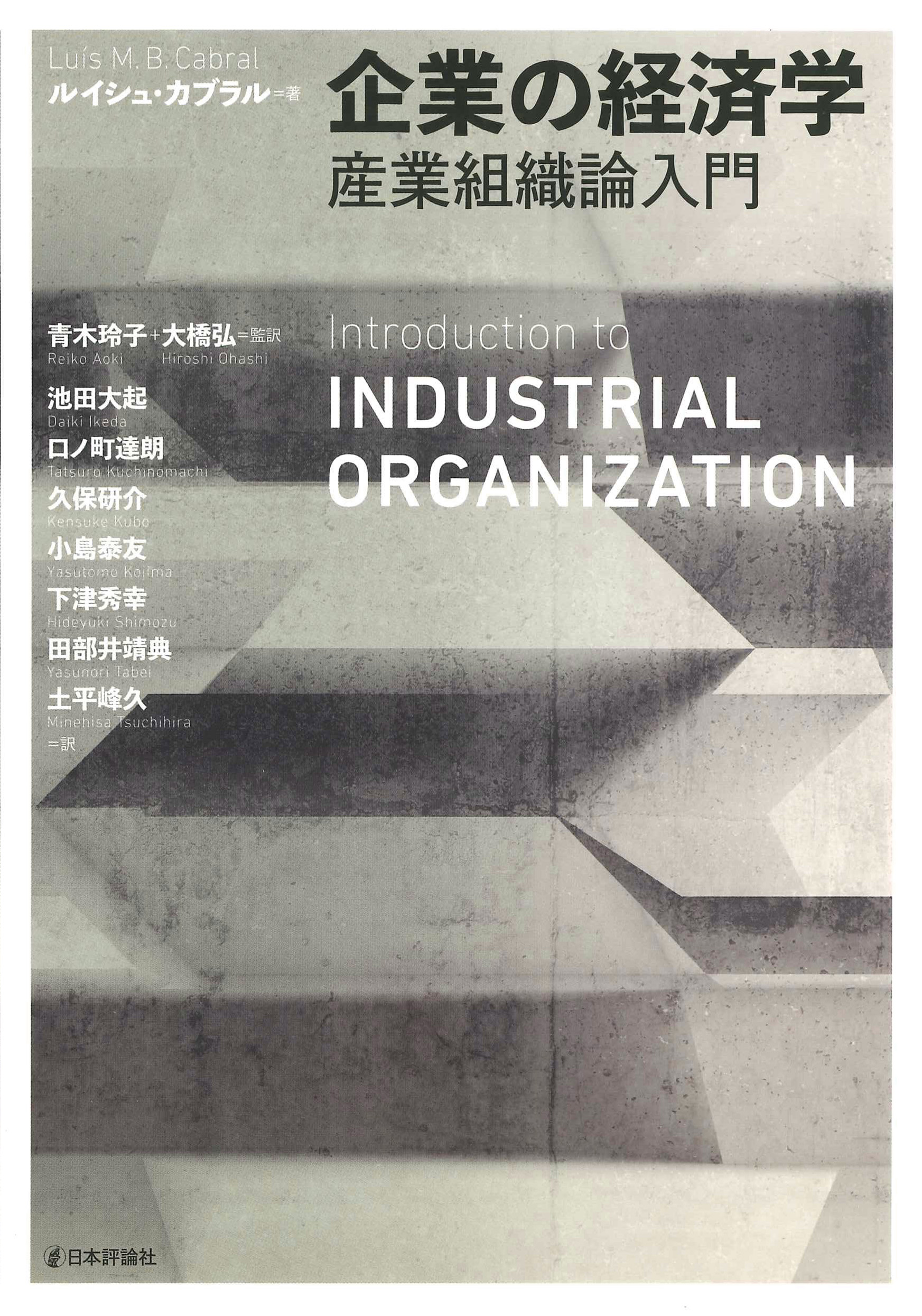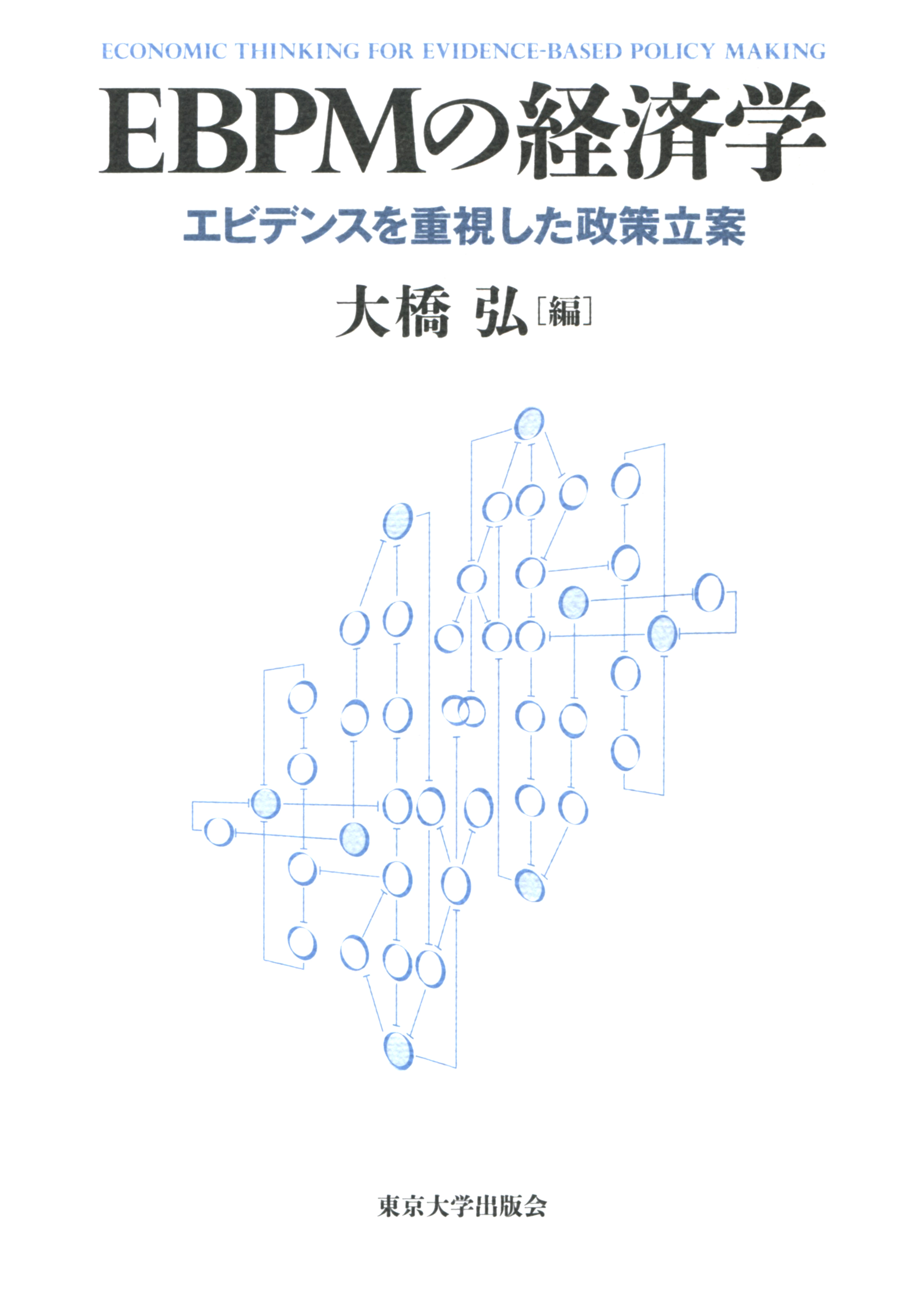
Title
Innovation no kenkyū (Innovation Research - What is the essence of productivity improvements?)
Size
308 pages, A5 format, softcover
Language
Japanese
Released
November 09, 2018
ISBN
978-4-322-13413-1
Published by
Kinzai Institute for Financial Affairs, Inc.
Book Info
See Book Availability at Library
Japanese Page
We all know that Japan faces various domestic and international structural issues. There are plenty of examples, such as those issues brought about by changes in the population structure (a decline in the productive labor force and the decreasing birthrate and aging population), dilapidation of social capital stock, geopolitical issues surrounding technology, responses to global warming. Furthermore, as the social implementation of machine learning, along with big data and AI (artificial intelligence) are underway in earnest, work styles are beginning to change enormously behind the transformation of the industrial structure. Economic disparity is also becoming matters of vital social interest, and voices demanding a reassessment of the deregulation and economic liberalism seen thus far are increasing. Not only Japan but the whole world, is right at this moment about to plunge into an era that will bring about a new grand design of policies and institutions. Facing these challenges, what are the points to bear in mind when considering improvements in productivity in Japan? This book is the outcomes of serious deliberations by researchers, businesspeople and policymakers.
Following the introductory chapter, this book consists of three parts of four chapters each. In part one, “The Current State of Productivity,” statistical data and empirical research are used to depict the current state of productivity in Japan in painstaking detail. On the basis of this analysis, part two, “Value Creation through Innovation,” takes up several important areas such as blockchains, work style reform and patents, and examines new initiatives in Japan that lead on to an expansion of value added. Further, in part three, “Turning Value into Profits through Innovation,” describes how AI and big data will transform Japan’s society and economy.
While clearly asserting the viewpoint that efforts to turn value into profits will lead to the creation of value through economic growth in Japan, the book sets out to discover, from the standpoint of each of the experts, where hesitation and bottlenecks exist in the struggle by Japan’s corporations and others to monetize innovation. Since each chapter, among which are included the texts of lectures, has been crafted by experts who are active in the frontline of industry-government-academia research, I believe this book is the best of its kind for gaining a broad vista of efforts to stimulate innovation in every arena. I hope very much that you will look into this book as the achievements of one industry-government-academia research activities as we look forward in the near future to innovation stimulation through an increasing fusion of different fields.
(Written by OHASHI Hiroshi, Vice Dean, Graduate School of Public Policy / 2020)



 Find a book
Find a book







